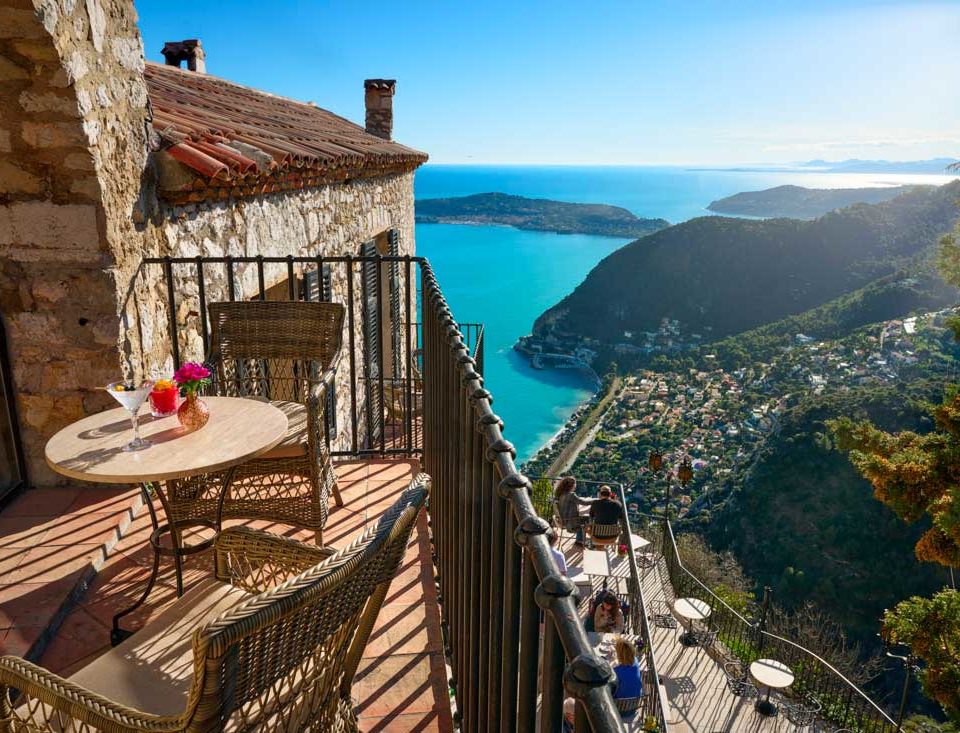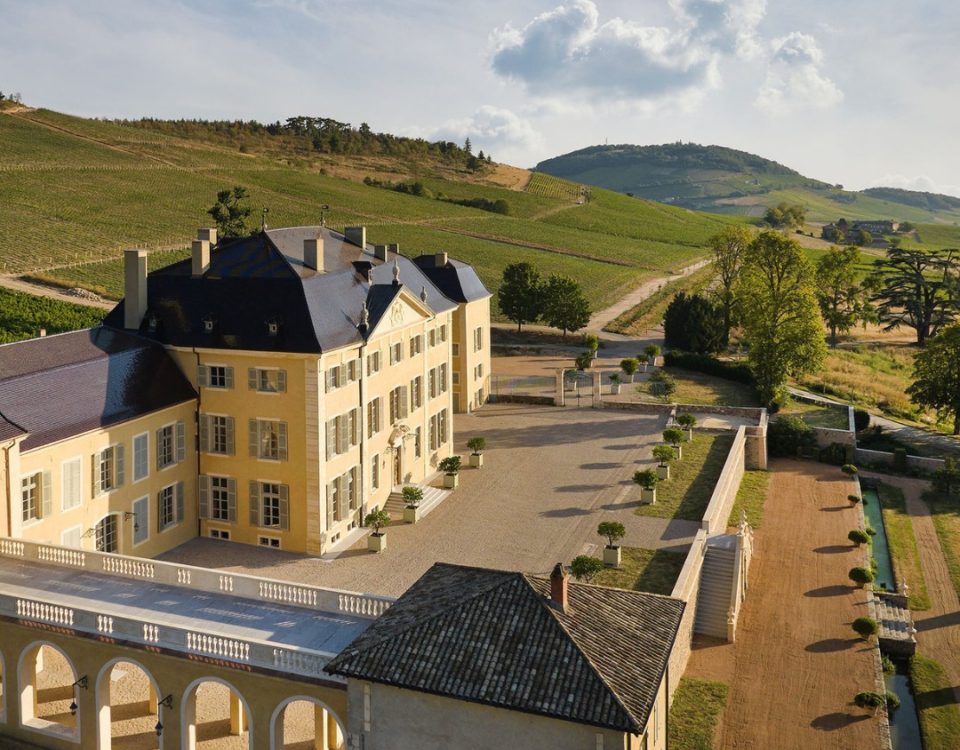
Perfumes: translating a memory into a coherent olfactory pyramid
June 12, 2025Discover 9 unusual experiences in Belle-Île-en-Mer: sea caves, standing stones, unusual lighthouses, eco-friendly accommodation, and forgotten legends.
Unusual things to do in Belle-Île-en-Mer
Belle-Île-en-Mer, the largest of the Breton islands, is renowned for its wild nature, sculpted cliffs and secret beaches. But beyond its spectacular landscapes, it also offers a series of unique experiences, some of which are little known. This guide takes you on a journey to discover the island’s most unusual curiosities: unusual accommodation, rare geological formations, ancient legends, and forgotten military remains. Off the beaten track, Belle-Île reveals a discreet but fascinating heritage, shaped by history, the elements, and the collective imagination. Ideal for curious travelers or regular visitors looking for something new, this itinerary explores nine places or experiences that give the island an unexpected depth, far from the simple postcard image. Get ready to discover another side of Belle-Île.
Sleep in a cocoon… made of cardboard
A few minutes from Locmaria, the village of Borvran is home to some unusual accommodation: l’Ilot Carton. This site offers eco-friendly cocoons made entirely of cardboard, designed to help you reconnect with the essentials. Made from recycled materials, these temporary dwellings are part of a sustainable approach that is both environmentally friendly and fun. The comfort is minimalist but functional: a bed, soft lighting, and a view of Belle-Île’s natural surroundings. The deliberately pared-down experience invites you to take a digital break, read, write, or simply listen to the sounds of the island.
This unusual approach is proving increasingly popular with travelers who are interested in ecotourism and voluntary simplicity. Starting at €40 per night, these cocoons offer a different way to stay on the island, in a spirit similar to camping, but without sacrificing a certain level of comfort or the poetry of the place.

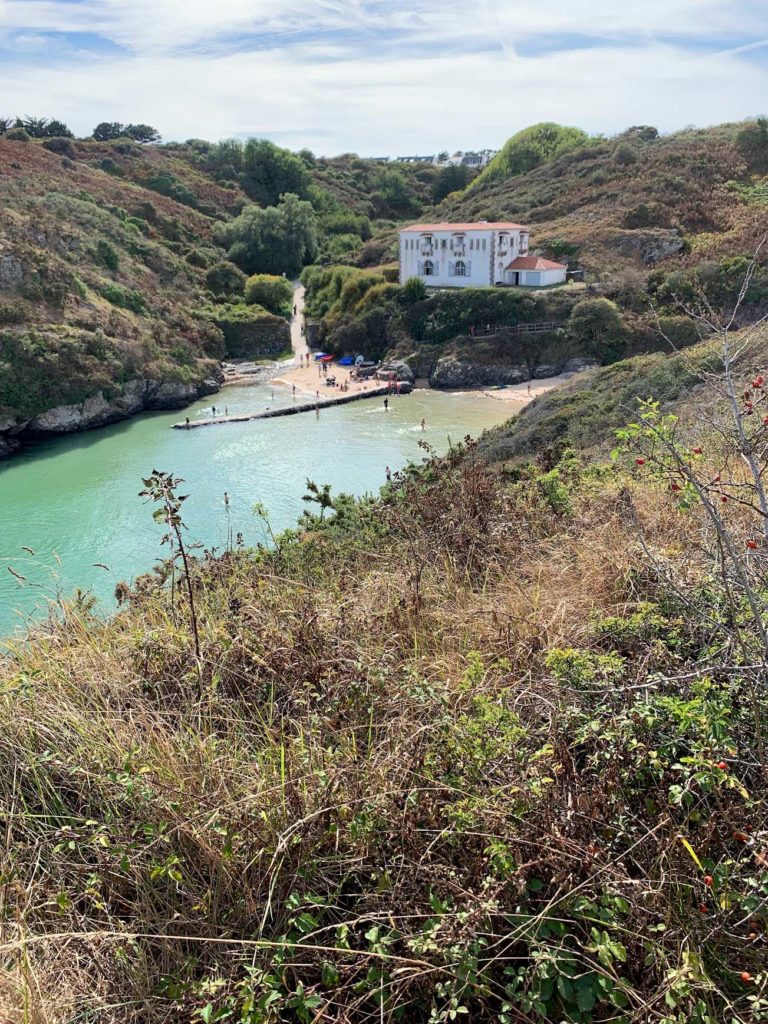
Explore the Apothicairerie Cave
Located not far from Sauzon, on the north-west coast of Belle-Île, the Apothicairerie Cave is a natural site steeped in history. Carved into the cliff, it was once a major tourist attraction, accessible by stairs carved into the rock. Although access is now restricted for safety reasons, the cave can still be seen from the coastal paths and at carefully calculated low tides.
Its name comes from the seabird nests clinging to the walls, reminiscent of an ancient apothecary’s vials. A place of contrasts, it combines the roar of the Atlantic, the mineral colors of the rock, and the mystery of natural cavities. The often misty panorama accentuates the almost fantastical atmosphere of the place, which is said to have inspired several painters in the 19th century.
Contemplate menhirs in the Breton moors
Belle-Île has several megalithic remains, but one of the most striking is Pierre Sainte-Anne, a 3.5-meter-high menhir located near Bangor. Standing alone in a clearing, it attracts attention as much for its isolation as for its symbolic aura. Oral tradition links it to ancient rituals, and some locals still talk about the healing and fertility powers associated with the stone.
In Sauzon, two other menhirs, Jean and Jeanne, are associated with a popular legend: two lovers turned to stone by druids. These stories reinforce the mystical aspect of the island’s megalithic heritage, which is often overlooked by hurried visitors. They invite you to explore at a leisurely pace, far from the beaten track.
Visit a lighthouse at low tide: Les Poulains
In the northwest of the island, the Les Poulains lighthouse offers a unique experience. This red and white lighthouse is only accessible at low tide, which reinforces the feeling of isolation. Energy self-sufficient thanks to its solar panels, it stands in the heart of a protected landscape, swept by sea winds.
The site is also home to Sarah Bernhardt’s house, which has been converted into a museum. This dual aspect—technical and artistic heritage—adds an original dimension to the visit. In addition to the spectacular view, visitors can discover how 19th-century artists were fascinated by this wave-battered headland.
Climb the fossil dunes of Donnant
To the west of Belle-Île, not far from the famous Donnant beach, are perched dunes, geological witnesses to the Ice Age. Formed between 12,000 and 22,000 years ago, these fossil dunes are rare in Western Europe. Visitors are asked to follow a marked path to avoid damaging the site.
Walking on these ancient formations is like stepping back in time. Their stratification, height, and unique vegetation contrast sharply with classic coastal dunes. The view from the ridges offers a spectacular perspective of the Atlantic Ocean and the surrounding moors.
Visit the Belle Fontaine, a military cistern
Less well known than the palace fortifications, the Belle Fontaine is a monumental cistern built in 1703 on the orders of Vauban. Located high up to facilitate water distribution, it could hold up to 860,000 liters, intended to supply military ships.
Now a listed historic monument, it illustrates a strategic facet of Belle-Île’s history: the island’s logistical importance in the French kingdom’s naval system. Its stone vault and location overlooking the Atlantic make it both unusual and majestic.
Sleep in a yurt with black bees
In the center of the island, the Rucher de l’Abeille Noire offers an ecological immersion. You can spend the night in a traditional yurt while discovering an endemic species: the Breton black bee. This project combines responsible accommodation, biodiversity awareness, and the transmission of beekeeping skills.
Far from it all, in a preserved environment, the experience appeals to ecotourism enthusiasts. It also provides an opportunity to understand the issues surrounding the disappearance of pollinators and to participate in a form of socially responsible tourism.
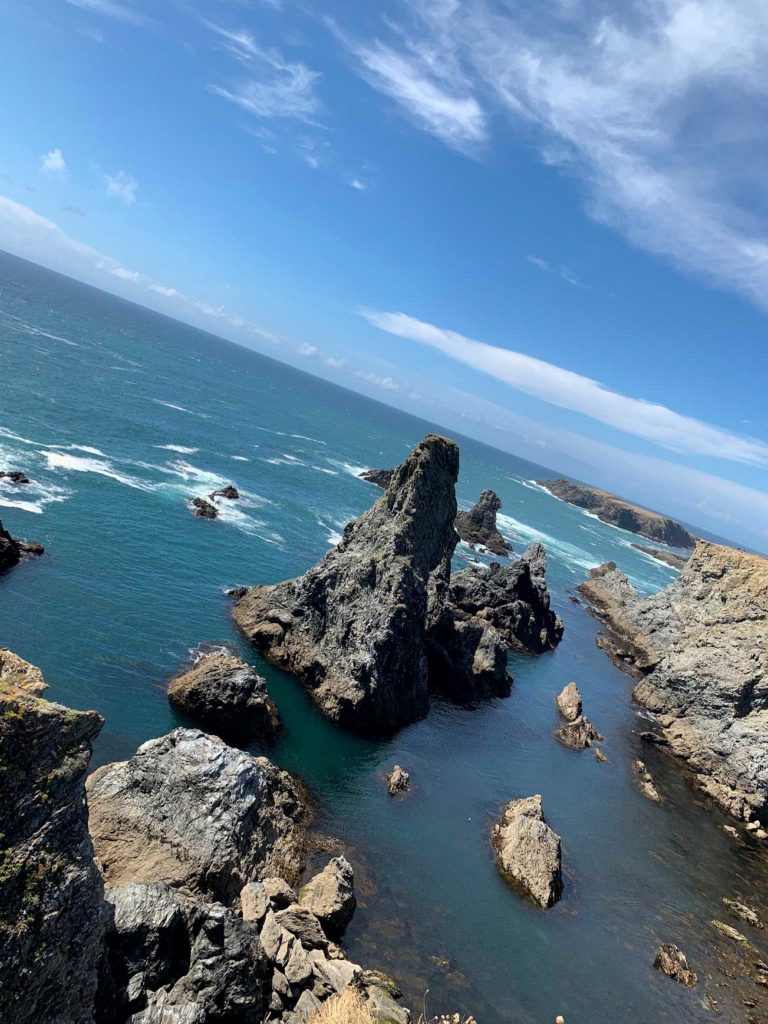
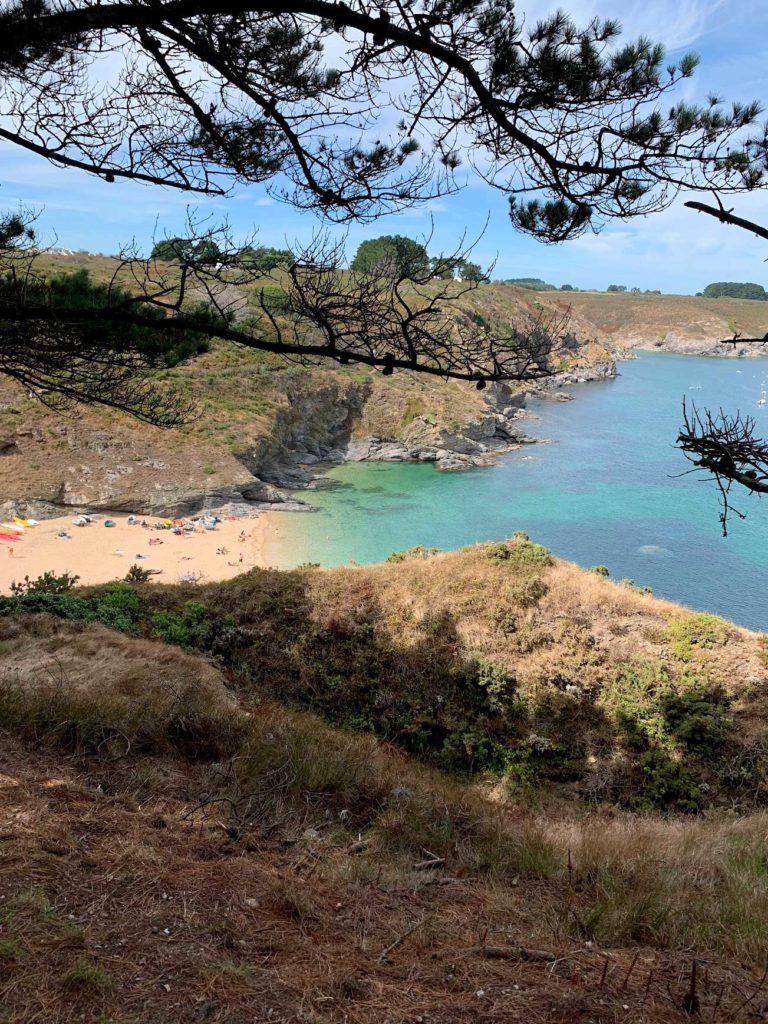
Marvel at the Aiguilles de Port-Coton
These spectacular rock formations, located to the west of the island, were immortalized by Claude Monet. Their name comes from the white foam that accumulates there during storms, evoking cotton balls. Their jagged shape inspires many interpretations: sphinx, dungeon, or human silhouette.
In addition to its geological interest, the site is a privileged observatory for marine wildlife and a playground for the imagination. The paths that lead there wind through heather and gorse, offering total immersion in the Belle-Île landscape.
Let yourself be guided by art and legends
Belle-Île has inspired Sarah Bernhardt, Claude Monet and Gustave Flaubert. Their footsteps and works allow you to explore the island in a different way, through stories, sketches and letters. A literary or artistic stroll is the perfect complement to this unusual exploration, linking the places mentioned to the emotions they evoked.
Following the GR340 coastal path, you will not only cross the landscapes, but also the living memory of the island, between nature, myth, and creation.
XperienceFrance is your travel specialist in France.


